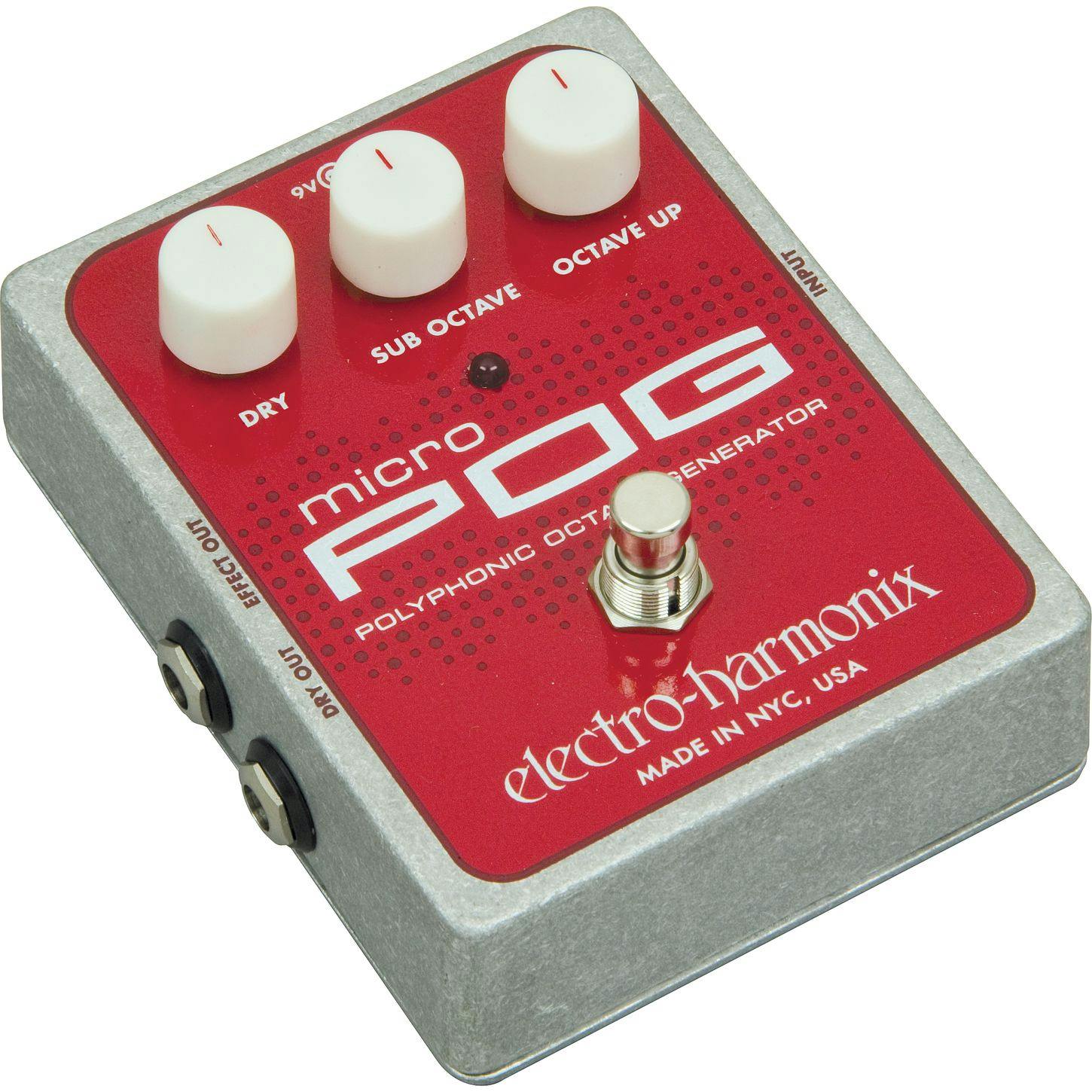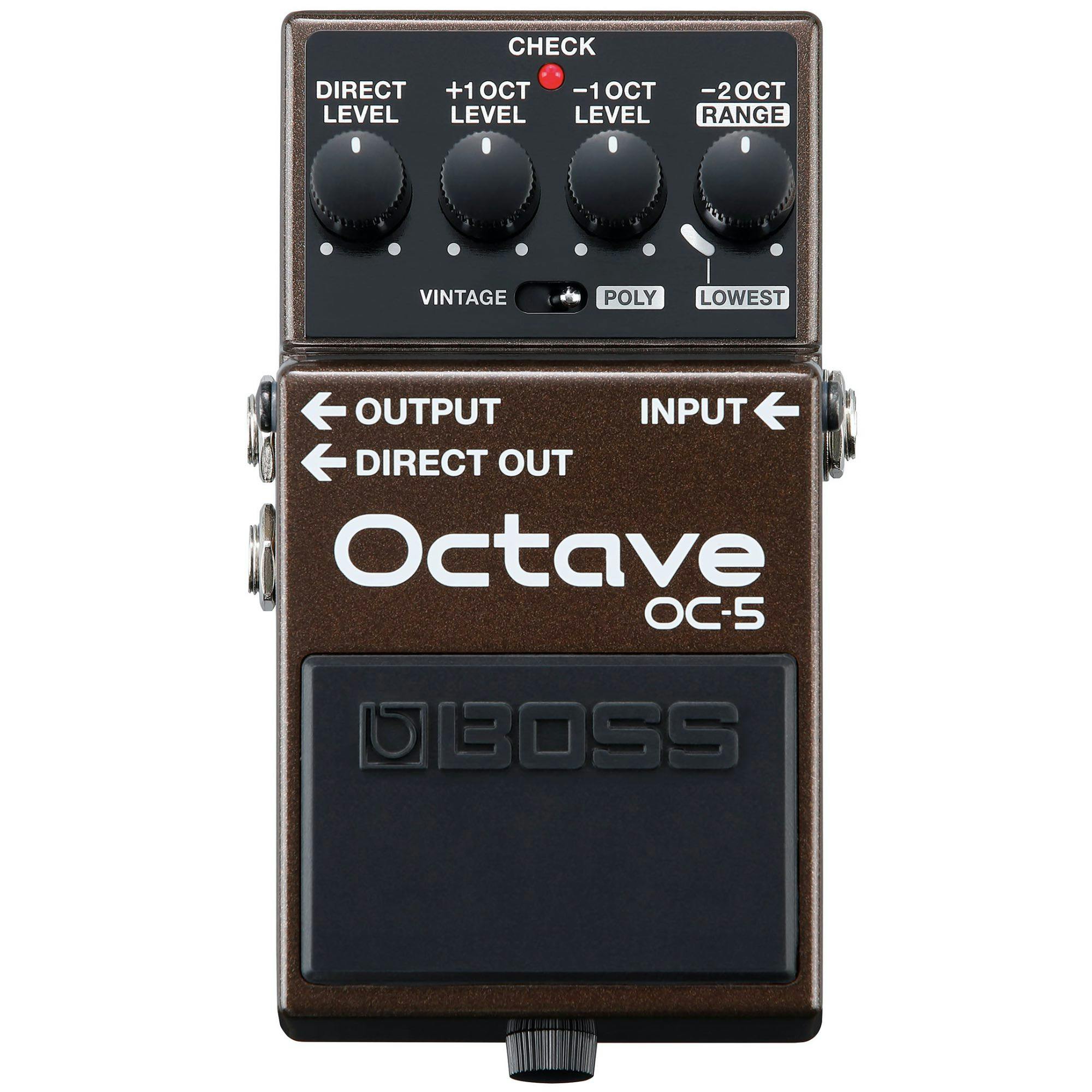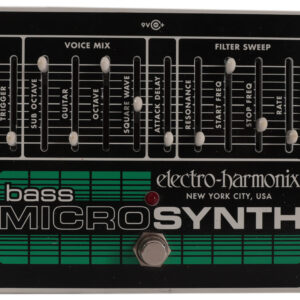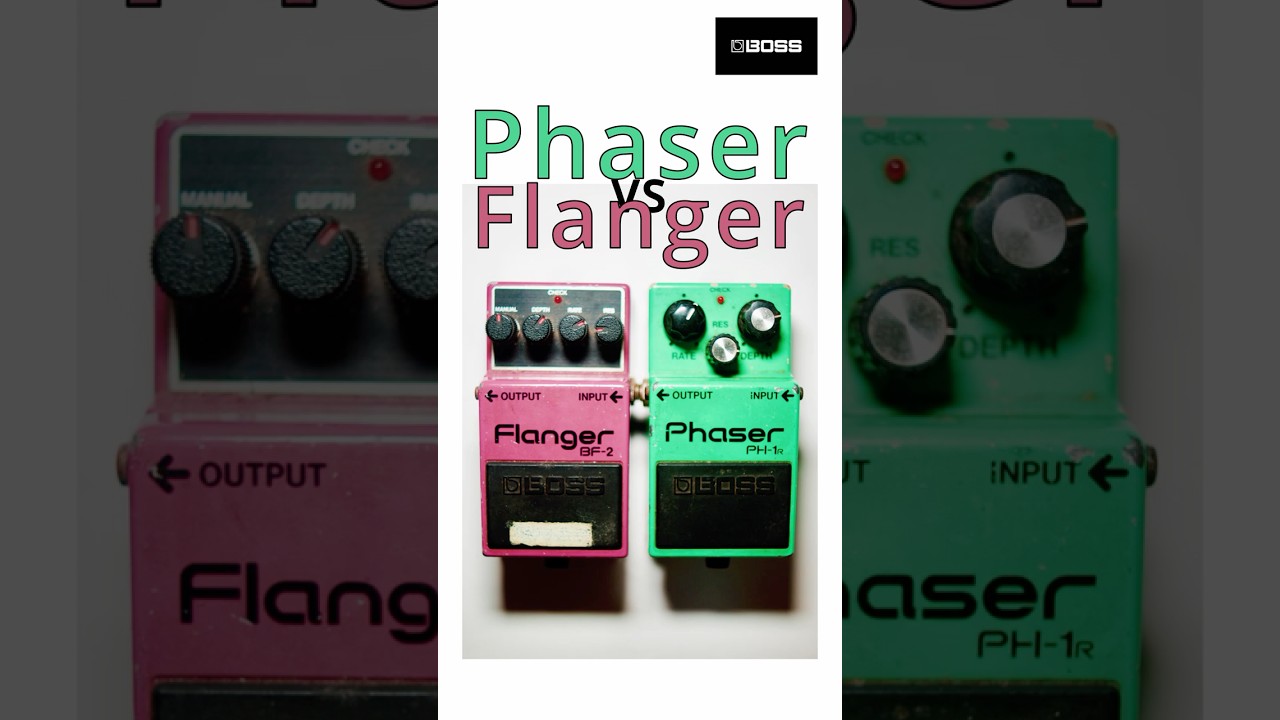Description
The Electro Harmonix Micro Pog Octave Guitar Effects Pedal is currently retailing at £199.99 and it is in stock. Available to be delivered to you by post direct (some charge may apply).The team at Just Pedals think that Electro Harmonix nailed it with the Electro Harmonix Micro Pog Octave Guitar Effects Pedal.
Electro Harmonix Micro Pog Pedal
The Electro-Harmonix Micro POG pedal offers you peanut-butter milkshake thick sound.
The EHX XO series Micro POG is a polyphonic octave generator effect that will make your 6-string guitar sound like a 12-string and make your 4-string bass sound like an 8-string.
The Micro Pog’s super-fast tracking gives you glitch-free polyphony and makes a great bass sound using the sub octave. Includes Dry, Sub Octave, and Octave Up controls. Dry and wet outputs.
Features
- Super fast tracking
- Glitch-free polyphonic output
- Dry, Sub Octave, and Octave Up controls
- Dry and wet outputs




































